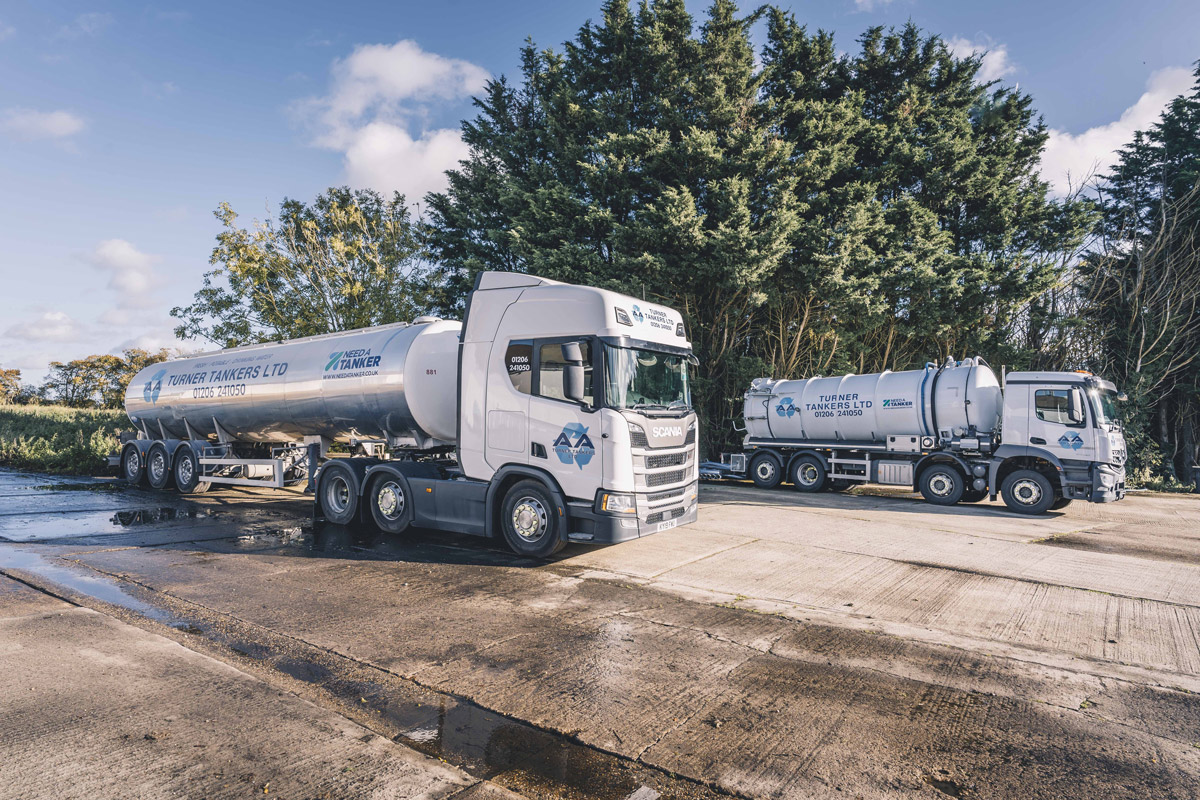All About Reclaim Waste
Table of ContentsNot known Incorrect Statements About Reclaim Waste Some Known Incorrect Statements About Reclaim Waste Reclaim Waste Things To Know Before You Get ThisSome Known Questions About Reclaim Waste.The 10-Second Trick For Reclaim Waste
Domestic sewer waste refers to the waste and products from a household septic tank. The correct monitoring and disposal of domestic sewer waste call for fluid waste to be moved to a sewer therapy plant where the appropriate methods and devices are applied to detoxify and dispose of waste.
Commercial waste usually includes prospective dangers, such as flammable materials or a mix of fluid and solid waste products, and needs a more sophisticated and in-depth disposal process. The disposal of industrial waste typically includes the purification of waste before transportation to guarantee safe and appropriate disposal. Industrial waste is developed from byproducts and drainage of industrial processes and production.
This kind of waste can not make use of the very same sewer administration transport or procedures as septic or business fluids. The hazardous waste monitoring process needs the inspection and testing of liquid waste prior to it goes through the disposal procedure (liquid waste disposal). Drainage waste is the fluid waste that originates from drainage and excess stormwater in extremely inhabited areas or cities
Drainage waste can create contamination and flooding if not dealt with correctly. Guaranteeing appropriate waste monitoring can prevent calamities and decrease environmental harm.
The Only Guide to Reclaim Waste
Call PROS Services today to find out about our waste management and disposal solutions and the proper methods to take care of the liquid waste you create.
This supposed 'wastewater' is not only a crucial source however, after treatment, will certainly be released to our land, rivers or the ocean. Made use of water from bathrooms, showers, baths, cooking area sinks, laundries and industrial processes is recognized as wastewater.

water used to cool machinery or clean plant and tools). Stormwater, a type of wastewater, is overflow that moves from agricultural and metropolitan areas such as roofs, parks, gardens, roadways, paths and seamless gutters right into stormwater drains, after rain. Stormwater moves without treatment her comment is here straight to regional creeks or rivers, at some point reaching the ocean.
Some Known Details About Reclaim Waste
In Queensland, the majority of wastewater is treated at sewage therapy plants. Wastewater is carried from residential or commercial websites via a system of sewers and pump stations, called sewerage reticulation, to a sewage treatment plant. Local governments construct, preserve and operate most sewage therapy plants. Operators are licensed under the Environmental Management Act 1994 to discharge treated wastewater at an appropriate environmental requirement into waterways.
The Department of Natural Resources encourages regional governments regarding handling, operating and maintaining sewage systems and treatment plants. In unsewered areas, city governments may call for homeowners to install individual or household sewer treatment systems to deal with residential wastewater from bathrooms, cooking areas, washrooms and washings. The Department of Natural Resources authorises the usage of house systems when they are verified to be efficient.
In some new subdivisions, therapy of some stormwater to get rid of clutter, sand and gravel has started making use of gross toxin catches. Wastewater therapy takes place in four stages: Removes solid issue.
Wastewater after that flows right into big storage tanks where solids clear up and are gotten rid of as sludge. Grease and scum are skimmed from the surface area. Uses small living organisms called micro-organisms to break down and eliminate staying liquified wastes and great particles. Micro-organisms and wastes are integrated in the sludge. Eliminates nitrogen and phosphorus nutrients that can cause algal flowers in our rivers and endanger water life.
The Facts About Reclaim Waste Uncovered
Nutrient elimination is not offered in any way sewer treatment plants since it needs costly specialized tools. It is coming to be extra common in Queensland. Clear liquid effluent produced after therapy might still contain disease-causing micro-organisms. If this effluent is launched right into waterways such as rivers or the sea, the micro-organisms will eventually die out.

This usually means wastewater needs to be dealt with or impurities eliminated prior to it can be released to waterways. A lot of wastewater moves into the sewerage system. Under the Act, city governments provide authorizations and permits for environmentally pertinent tasks (Periods) including wastewater releases that could have a local influence. The department administers authorizations and permits to ERAs including wastewater releases that could have a regional or statewide impact.
Some Ideas on Reclaim Waste You Should Know
Or else, samples are considered lab evaluation. Often several examinations are required to establish the levels of each of the various contaminants such as oils, hefty steels and chemicals in water. Tracking gives factual information regarding water quality and can verify that permit problems are being met. The details obtained through tracking provides the basis for making water high quality decisions.
Comments on “The Buzz on Reclaim Waste”